
Taking Your Photography to New Heights: The Art of Capturing Drone Photos. Drone photography has revolutionized the way images are captured, allowing photographers to soar above the world and view it from new perspectives. With the rise of drone technology, artists can now explore heights and angles that were once inaccessible, creating breathtaking aerial shots and opening up a new genre of fine art photography. This article explores the skills, techniques, and considerations required to excel in drone photography, from mastering the fundamentals of drone flight to showcasing your work creatively.
Key Takeaways
- Drone photography offers unique angles and perspectives, enabling the capture of stunning aerial views and innovative compositions.
- Understanding the basics of drone operation and the legalities surrounding drone usage is crucial for safe and responsible flying.
- Creative techniques and an eye for aerial composition are essential to differentiate your work and capture the essence of landscapes and urban scenes.
- Choosing the right equipment and mastering camera settings are key to overcoming environmental challenges and obtaining optimal imagery.
- Post-production editing and storytelling are essential aspects of preparing drone photography for display and engaging your audience.
Mastering the Skies: Essential Skills for Drone Photography

Understanding Drone Flight Basics
Embarking on the journey of drone photography begins with grasping the flight basics. Mastering the controls is crucial; it’s like learning to ride a bike but in the air. You’ll need to become comfortable with takeoff, hovering, and landing, as these are the foundations upon which all other maneuvers are built.
Safety and awareness are paramount. Always be mindful of your surroundings and the drone’s limitations. Here’s a quick checklist to run through before each flight:
- Check the weather conditions
- Inspect your drone for any damage
- Ensure the batteries are fully charged
- Verify that the firmware is up to date
- Familiarize yourself with the area’s flight restrictions
By internalizing these basics, you set the stage for a seamless transition into more complex aerial photography techniques.
As you progress, remember that practice is vital. Start with simple exercises in a safe, open area to build confidence. With time, your ability to capture stunning aerial imagery will soar.
Navigating Legal Restrictions and Safety
As I delve into the world of drone photography, I’ve learned that understanding the legal landscape is as crucial as mastering the controls of my drone. Knowing where it’s legal to fly is the first step to ensuring a hassle-free experience. For instance, flying within a National Park requires permits, and there are sensitive areas where privacy is paramount. I always refer to my guide on legalities to avoid any legal pitfalls before setting out.
Before each flight, I meticulously map my flight path, considering factors like wind direction and potential obstacles. It’s a practice that not only keeps me within legal bounds but also enhances the safety of my operations. Here’s a quick checklist I follow:
- Check local drone regulations
- Plan the flight path in advance
- Be aware of and respect privacy concerns
- Stay updated with changing laws and airspace restrictions
Flying responsibly and ethically is non-negotiable. Adhering to safety principles and respecting others’ privacy is part of the drone photographer’s code.
Lastly, the learning curve for drone photography can be steep, but it’s manageable with practice and the right resources. I’ve found that online drone courses are invaluable for quickly getting up to speed, especially when aiming to use drones commercially.
Developing an Eye for Aerial Composition
As I’ve honed my skills in drone photography, I’ve learned that composition is the cornerstone of capturing stunning aerial shots. It’s not just about the altitude but how you arrange the visual elements from that unique vantage point. Mastering composition techniques such as the rule of thirds, leading lines, and layering is crucial. These principles guide the viewer’s eye through the image, creating a narrative without words.
One of my most transformative experiences was learning to see the world from above differently. I began to recognize entry points in my compositions and avoided creating unintentional points of escape that could distract the viewer. This shift in perspective was pivotal in elevating my work from simple photographs to captivating aerial art.
- Tip: Apply compositional techniques to create balanced images.
- Experiment with different angles to reveal unique features.
- Utilize natural light to enhance photos, especially during dawn and dusk.
By embracing these compositional strategies, I’ve been able to capture the essence of landscapes and urban scenes in ways that ground-based photography simply cannot match. The interplay of light and shadow, the geometric patterns of cityscapes, and the textures of the natural world all come together to create a symphony of visual delight from above.
Harnessing the power of natural light has also been a game-changer. The warm, diffused lighting of dawn and dusk and the dramatic midday shadows have allowed me to create images with depth and emotion. It’s about finding the right moment when the light complements your subject and composition to produce that perfect shot.
Elevating Your Perspective: Creative Techniques in Drone Photography

Exploring Verticality and Scale
When I first began dabbling in drone photography, the concept of verticality struck me as a powerful tool. Capturing the towering heights of buildings from a bird’ s-eye view emphasizes their scale and the grandeur of the urban landscape. This unique perspective can transform a cityscape into a canvas of geometric patterns and symmetries, revealing intricacies often missed from the ground.
The sense of scale of drone photography is visually appealing and has practical implications. Images highlighting the verticality of structures can offer insights into urban density and land use, which is valuable to urban planners and architects. We can contribute to designing more livable and sustainable cities by understanding the relationship between buildings and their surroundings.
In my journey with drone photography, I’ve learned that the key to mastering verticality and scale lies in the composition. Use drone photography tips like the rule of thirds, leading lines, and negative space to create compositions that are not only engaging but also tell a story about the environment from an elevated standpoint.
Experimenting with Abstract Aerial Art
When I first began exploring abstract aerial art with my drone, I was captivated by how the world transformed from above. The landscapes became a canvas of textures, colors, and forms that challenged my conventional perceptions. The shift in perspective is a powerful tool, allowing me to create images that resonate with viewers instinctually, often evoking emotions before they can even identify the subject.
Abstraction in drone photography isn’t just about what you see; it’s about how you interpret the visual symphony of the earth. Here’s a simple list of techniques I’ve experimented with to achieve abstraction:
- Altering camera angles to distort familiar scenes
- Playing with light and shadow to enhance the mystery
- Using motion blur to create dynamic compositions
- Isolating details to emphasize patterns and textures
The beauty of abstract aerial art lies in its ability to surprise and intrigue. It’s a dance between the known and the unknown, where the mundane can become magical through the lens of a drone.
As I push the boundaries of what can be captured from the skies, I find that the most striking abstract images often come from the most unexpected places. It’s a journey of constant discovery, where each flight has the potential to reveal a new masterpiece hidden in the landscape below.
Capturing the Essence of Urban Landscapes
When I first began exploring drone landscape photography, I quickly realized the unique perspectives and opportunities it offered. Keeping my drone close to the ground often resulted in images with a compelling sense of depth, while mastering exposure bracketing ensured high-quality photos even in challenging light conditions.
Urban landscapes are a canvas for artistic expression, where emotions, ideas, and interpretations are conveyed through the lens of my drone. The interplay of light and shadow, the geometry of structures, and the texture of the urban fabric become elements of my visual storytelling.
The urban landscape is not just a subject; it’s a storyteller in its own right, revealing narratives of human activity and interaction.
By focusing on verticality, I emphasize the towering nature of cityscapes. The geometry and symmetry found in the urban environment often lead to mesmerizing patterns, while the varied textures of rooftops and streets add a tactile dimension to the images. The following points have become essential in my approach:
- Emphasizing height and scale of buildings
- Highlighting patterns and symmetries
- Capturing varied textures
The future of urban landscape photography with drones is vibrant as it continues to empower urban planners and captivate art enthusiasts alike.
The Technical Ascent: Drone Equipment and Camera Settings

Choosing the Right Drone for Your Art
When I first considered entering the realm of drone photography, I quickly realized that the choice of drones is pivotal to the success of my artistic vision. The drone becomes an extension of my creative eye, soaring through the skies to capture otherwise unreachable scenes. It’s not just about the technical capabilities; it’s about how the drone complements my style and the subjects I aim to capture.
Selecting the perfect drone involves balancing quality, features, and budget. Here’s a simple list to guide you through the essential considerations:
- Camera quality: Look for drones with high-resolution cameras and stable gimbal systems.
- Flight time: Longer battery life means more time to find and capture the perfect shot.
- Range: Ensure the drone can travel the distance you need for your photography projects.
- Portability: A compact and foldable drone might be your best bet if you’re always on the move.
- Additional features: Consider drones with obstacle avoidance, GPS tracking, and automated flight modes for added versatility.
In the end, the drone you choose must not only meet the technical demands of drone photography but also resonate with your personal artistic flair. It’s a decision that will define the quality and character of your aerial imagery.
As I honed my skills in both piloting and photography, I understood that high-quality equipment is essential for capturing stunning aerial shots. This insight is crucial for anyone aspiring to run a successful drone photography company, where technical skills and exceptional results are paramount.
Camera Settings for Optimal Aerial Imagery
When I’m up in the air, the world below transforms into a canvas of possibilities. I meticulously adjust my camera settings before each flight to ensure I capture this beauty. Shutter speed, ISO, and aperture are aerial photography’s holy trinity; getting them right is crucial for crisp, clear images. For instance, a faster shutter speed is essential to freeze motion and avoid blur from the drone’s movement.
Exposure is another critical factor. I always check the histogram on my drone’s camera to ensure the exposure is balanced, avoiding overexposed highlights or underexposed shadows. Here’s a simple checklist I follow:
- Ensure the camera lens is clean for the sharpest image quality.
- Set the shutter speed to at least 1/500th to counteract any drone movement.
- Adjust the ISO to the lowest possible to reduce noise.
- Fine-tune the aperture based on the available light and desired depth of field.
In the dance of light and shadow, it’s the subtle adjustments that elevate a good shot to a great one. I take my time to tweak the settings, sometimes finding that a slight change in ISO or shutter speed can make all the difference.
Finally, I always remember to respect privacy and fly ethically, ensuring my pursuit of the perfect shot doesn’t infringe on others’ rights.
Overcoming Environmental Challenges
As a drone photographer, I’ve learned that the environment can be as unpredictable as beautiful. Adapting to the elements is crucial for capturing that perfect aerial shot. Cold temperatures, for instance, can affect both my equipment and me, demanding a proactive approach to maintenance and self-care.
Weather isn’t the only factor; light conditions can dramatically alter the appearance of landscapes from above. Here’s a quick list of environmental considerations and how to tackle them:
- Temperature: Keep batteries warm and insulated to prevent power loss.
- Wind: Use drones with robust stability features or wait for calmer conditions.
- Light: Plan flights around golden hours for softer shadows and warm tones.
In the face of these challenges, creativity flourishes. It’s about finding harmony between the capriciousness of nature and the precision of technology.
Understanding the intersection of art and science is key to overcoming these hurdles. Whether photographing marine life or urban landscapes, each environment demands a unique set of strategies. By embracing these challenges, I become a better photographer and develop a deeper appreciation for the natural and built environments I capture.
From Capture to Exhibition: Post-Production of Drone Photography

Editing Techniques for Drone Images
After capturing the raw beauty of the world from above, the real magic happens when I sit down to edit my drone images. The post-production process is where your aerial shots transform into works of art. It’s not just about correcting colors or cropping; it’s about conveying a mood, enhancing the natural beauty, or even telling a story.
Editing is a powerful tool that allows me to bring out the best in my drone photography. Here’s a simple workflow I follow:
- Review and select the best shots from the flight
- Adjust exposure, contrast, and color balance to reflect the scene’s authentic atmosphere
- Apply sharpening and noise reduction to enhance image clarity
- Use local adjustments to highlight critical features or areas
In this stage, subtlety is key. Over-editing can detract from the natural allure that makes drone photography so captivating.
As drone technology evolves, so do the editing software and techniques. Staying updated with the latest tools and trends is essential for keeping your work fresh and engaging. The journey from capture to exhibition is fulfilling, and each edited image is a step closer to sharing your unique perspective with the world.
Storytelling Through Aerial Visuals
As I delve into aerial photography, I’ve learned that each aerial shoot is more than just a flight; it’s a narrative waiting to unfold. Capturing the essence of a moment from above offers a unique storytelling opportunity that combines the grandeur of landscapes with the intimacy of human experiences.
To convey a story effectively, I focus on the interplay of light, composition, and those decisive moments that resonate with viewers. It’s not just about the technical prowess of maneuvering a drone but also about the emotional connection that aerial visuals can evoke.
In the post-production phase, the raw images I’ve captured are transformed into polished photographs. This is where advanced editing techniques come into play, allowing me to enhance the footage quality and composition, ultimately bringing the narrative to life.
Here are a few key points to consider when aiming to tell a story through your drone photography:
- Seek out patterns and textures that reveal the narrative of the landscape
- Capture human elements to add scale and relatability
- Use the quality of light to set the mood and tone of the image
- Time your shots to coincide with moments that best convey the story you wish to tell
Preparing Your Work for Display
After meticulously capturing and editing your drone photographs, the final step is to share them with the world. Choosing a suitable medium for display is crucial. Whether it’s a digital platform or a physical print, the medium should complement the aesthetic of your work and the story you’re trying to convey.
For a physical exhibition, consider the following:
- The type of paper or canvas
- The size of the prints
- Mounting and framing options
- The layout of your exhibition space
When preparing for an exhibition, it’s essential to create a cohesive theme that resonates with your audience. This thematic approach can transform a collection of images into a compelling narrative.
Digital displays have their own set of considerations, such as screen resolution and the user interface of the viewing platform. No matter the medium, ensure your work is presented in the best possible light to captivate and engage viewers.
The Future of Flight: Innovations in Drone Photography

Emerging Drone Technologies
As I delve deeper into the world of drone photos, I’m constantly amazed by the innovative technologies shaping aerial photography’s future. Drones are no longer flying cameras; they’ve become sophisticated tools that open new possibilities for creativity and expression.
One of the most exciting developments is the integration of advanced sensors and AI that enable drones to navigate more complex environments. This means we can now access vantage points that were once out of reach, capturing images that truly stand out.
- Advanced sensors for obstacle avoidance
- AI-powered flight patterns
- Enhanced battery life for longer flights
- High-resolution cameras for detailed imagery
The potential for drone technology in photography is boundless. With each advancement, we’re given new ways to explore and document the world from above, pushing the boundaries of what’s possible in aerial imagery.
Ethical Considerations in Aerial Photography
As I delve into aerial photography, I’ve realized the profound impact our pursuit of the perfect shot can have on the world below. Privacy and safety are paramount; it’s my responsibility to ensure that my drone does not intrude upon individuals’ personal spaces or capture them in vulnerable moments. Flying over private property or sensitive areas demands a heightened awareness and respect for privacy concerns.
In nature photography, the well-being of wildlife and their habitats is also at stake. I adhere to the guidelines set forth by organizations like the North American Nature Photography Association (NANPA), which emphasize the importance of minimizing disturbance to natural environments.
Ethical drone photography is not just about following the law; it’s about respecting the essence of all subjects, human or otherwise, that come into view of my lens.
Here are some ethical practices I always keep in mind:
- Ensuring consent for images captured in residential or private areas
- Avoiding flights over gatherings or events without prior permission
- Regularly cleaning the camera lens and propellers to maintain both image quality and flight safety
- Staying informed about and compliant with local and international drone regulations
Predicting the Next Big Trends
As I delve into the future of drone photography, I can’t help but get excited about the prospects of integrating AI and 5G into our flying companions. These advancements promise to revolutionize how we capture the world from above, offering new levels of creativity and efficiency.
Battery life has always been a limiting factor in aerial photography, but with the rapid pace of technology, I anticipate significant improvements that will extend our time in the skies. This will open up opportunities for longer and more complex shoots, allowing us to explore and document our world like never before.
The interplay between weather conditions, flight restrictions, and operational capabilities is a complex dance that every drone photographer must master. In the future, I foresee smarter drones that can adapt to these challenges autonomously, making our job as artists both easier and more dynamic.
While it’s impossible to predict every trend, I’m confident that the fusion of drone technology with cutting-edge innovations will continue to push the boundaries of what’s possible in aerial photography.
As we soar into the future, drone photography is not just changing the landscape of visual media but revolutionizing it. At Sky View Las Vegas, we’re at the forefront of this aerial revolution, offering stunning, high-resolution images that elevate your real estate listings and commercial projects. Don’t let your properties blend into the background; let us help you stand out with our FAA-certified drone services. Visit our website to explore our gallery and services and take the first step towards transforming your visual presence. Ready to take flight? [Contact us](https://skyviewlv.com/contact-us) today for a free consultation and to see your projects from a new perspective!
Conclusion
As explored throughout this article, drone photography is a technological and artistic revolution, offering photographers the wings to soar above the mundane and capture the world from a breathtaking new perspective. Drones have unlocked a treasure trove of visual storytelling possibilities, from the grandeur of towering skyscrapers to the intimate dance of wildlife in their natural habitat. While mastering the art of drone photography comes with its own set of challenges and regulations, the rewards are sky-high—literally and figuratively. Whether you’re a hobbyist seeking to document your adventures or a professional aiming to elevate your portfolio, the sky is your canvas. Embrace the bird’s-eye view, and let your creativity take flight into the vast expanse of drone photography.
Frequently Asked Questions
What makes drone photography unique compared to traditional photography?
Drone photography offers a new perspective from above, allowing photographers to capture breathtaking aerial shots and explore unconventional angles and vantage points that were once only possible with expensive equipment.
What are some creative techniques unique to drone photography?
Drone photography enables capturing the verticality and scale of structures, creating abstract aerial art, and showcasing urban landscapes from previously unreachable vantage points, providing unique and striking compositions.
What are the legal restrictions and safety concerns associated with drone photography?
Drone pilots must familiarize themselves with rules such as not flying over 120m or near airports and respecting privacy laws. Safety concerns include avoiding hazardous maneuvers and ensuring the drone is within the line of sight.
How has drone technology impacted the realm of fine art photography?
The advancement of drone technology has given rise to a new genre of fine art photography, allowing for the creation of thought-provoking, abstract pieces and capturing intricate details of landscapes and urban environments.
What should I consider when choosing a drone for photography?
When selecting a drone, consider factors such as camera quality, flight stability, battery life, and ease of use. Ensure the drone meets your artistic needs and complies with legal regulations for the areas you plan to photograph.
How do I prepare my drone photographs for exhibition or display?
Preparing drone photographs for exhibition involves careful editing to enhance visual appeal, storytelling through aerial visuals to engage viewers, and selecting the appropriate format and medium for display to showcase the work effectively.
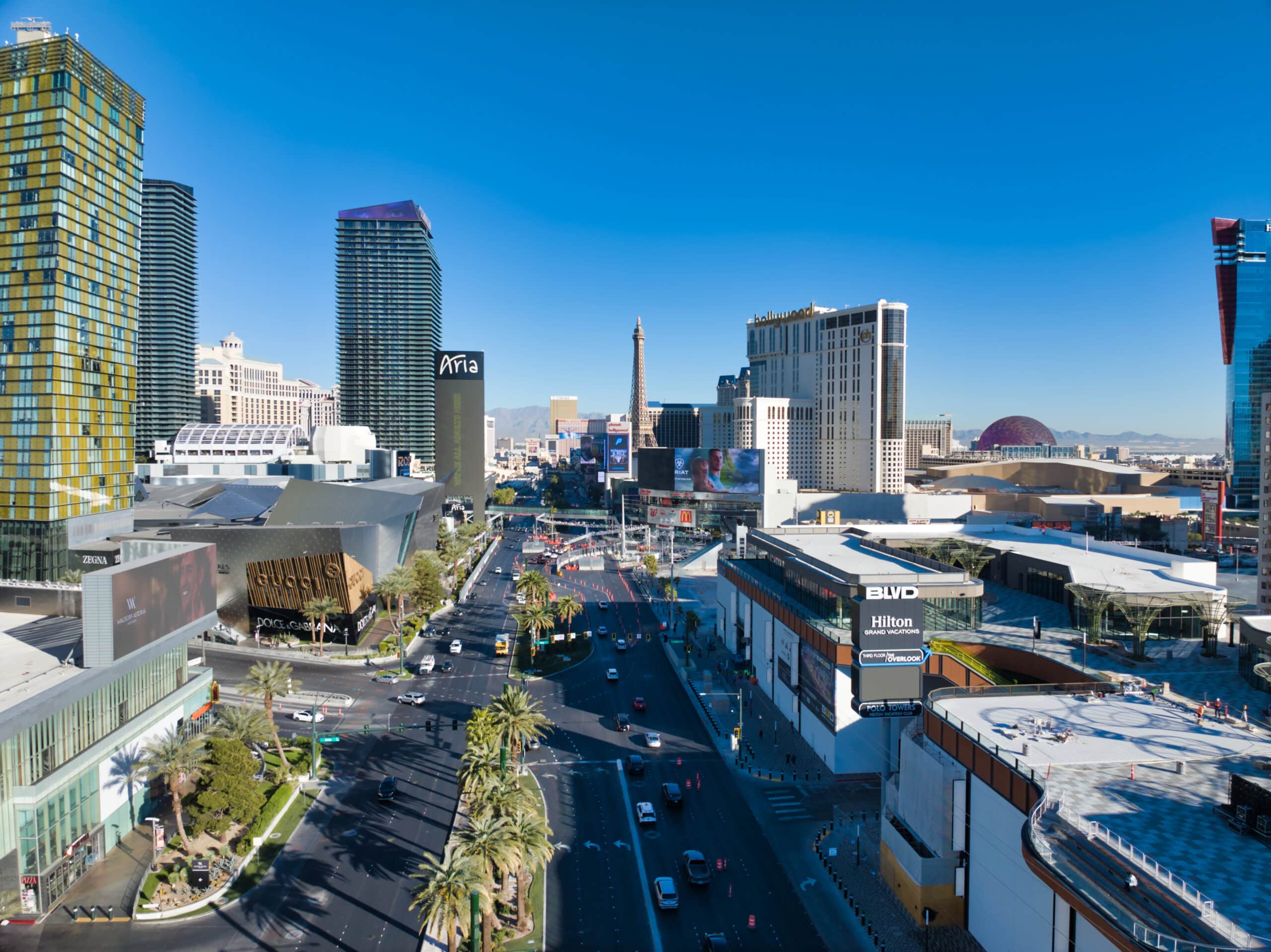
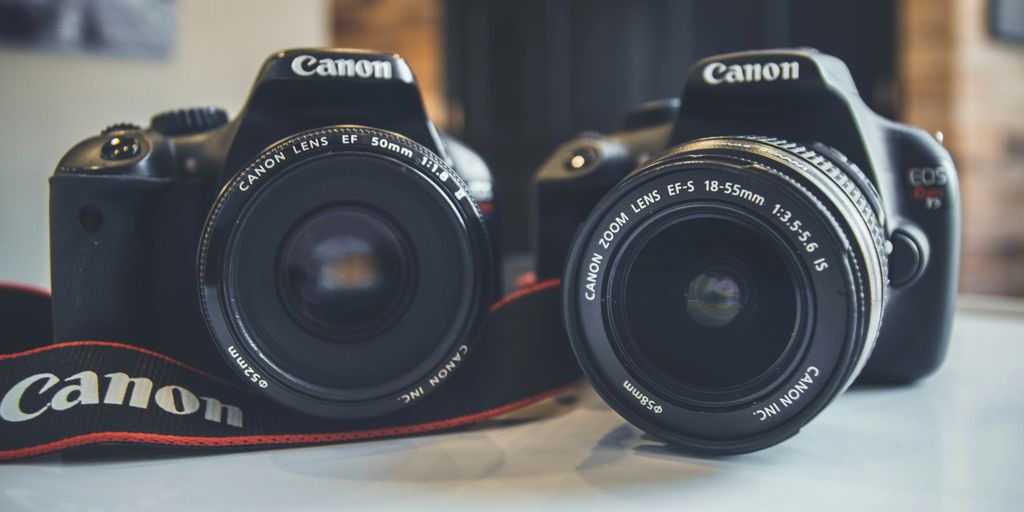
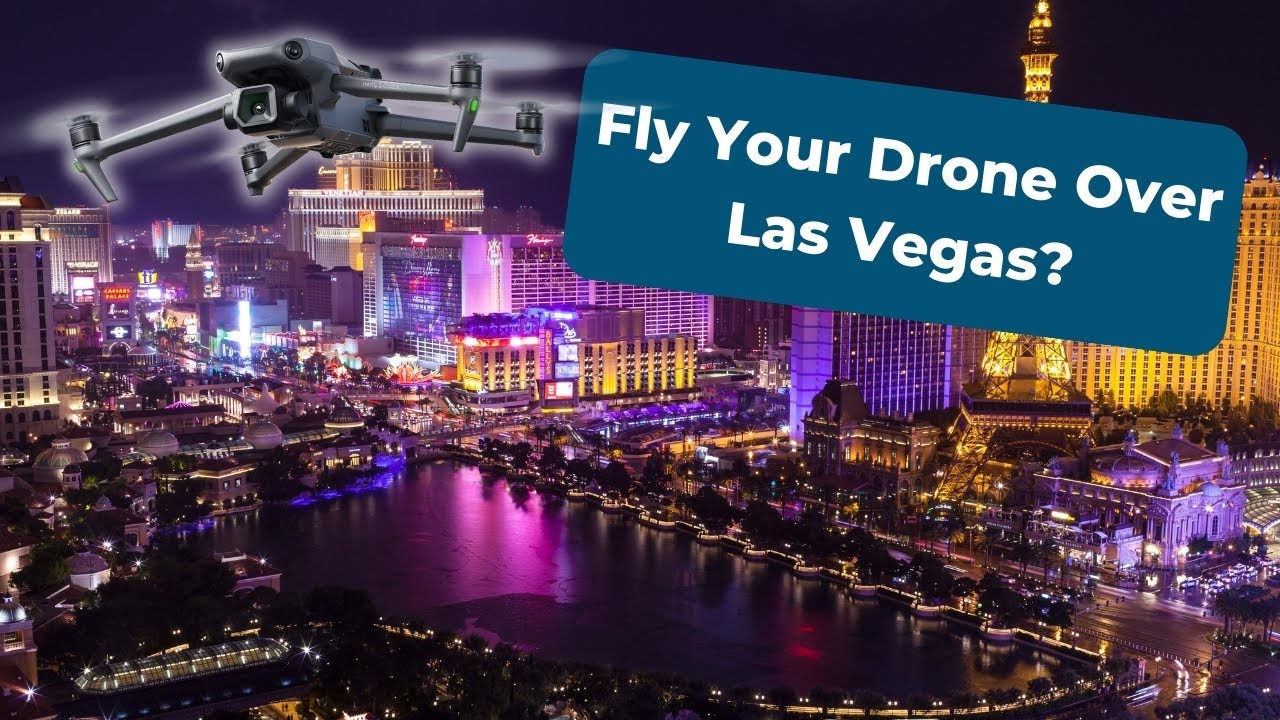
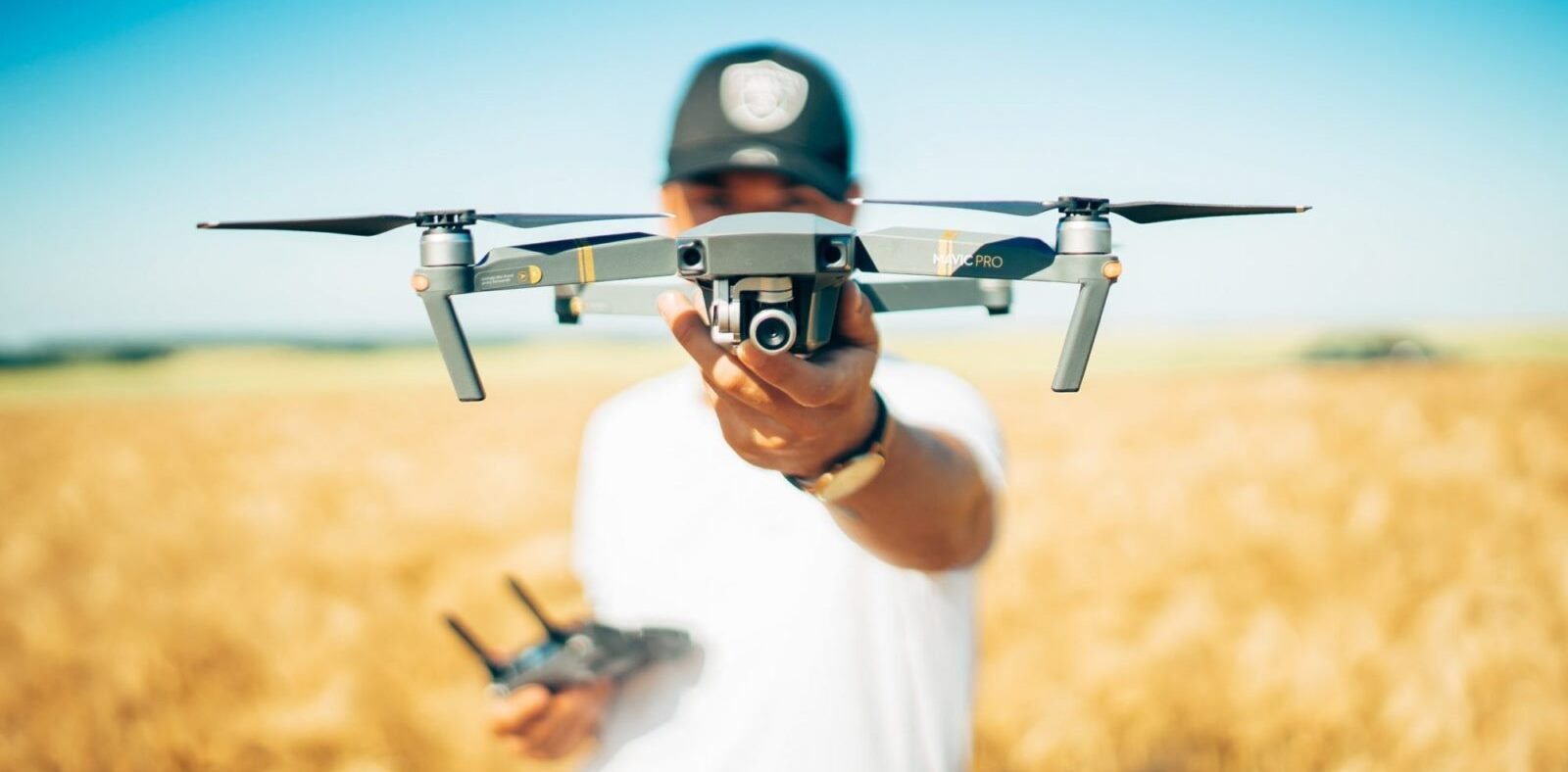
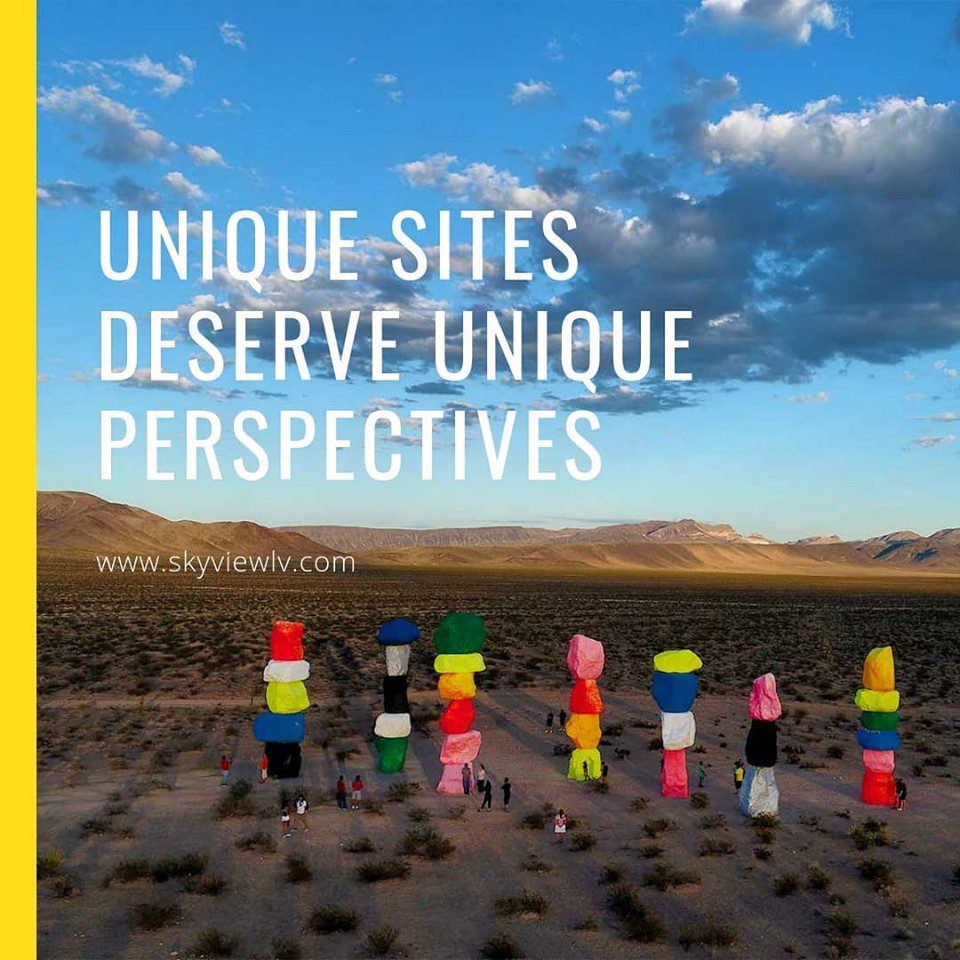
Leave a Reply